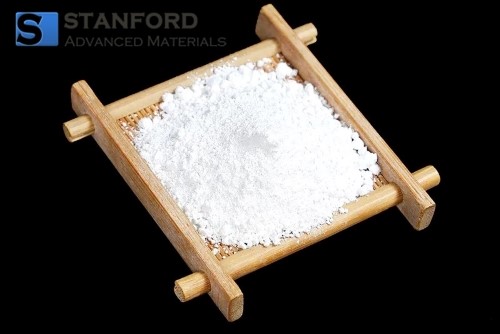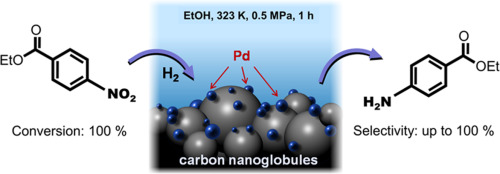Case Study: Revolutionizing Pharmaceuticals and Cosmetics with Micro Titanium Oxide
Introduction
Micro Titanium Oxide (TiO2) holds a significant role in the realms of pharmaceuticals and cosmetics, serving as a versatile ingredient that enhances product performance, aesthetics, and safety. With its unique properties, Micro TiO2 contributes to a range of applications, ensuring efficacy and meeting consumer demands. Here, this article will discuss the pharmaceutical and cosmetic uses of TiO2. Hope that you can have a better understanding.

Figure 1. Cosmetic Products
Applications of Micro Titanium Oxide in Pharmaceuticals and Cosmetics
Micro Titanium Oxide finds a multitude of indispensable applications within both the pharmaceutical and cosmetic industries.

Figure 2. Micro Titanium Oxide
Sun Protection in Cosmetics:
Micro TiO2 is widely recognized for its role as a physical sunscreen ingredient. It provides effective protection against harmful ultraviolet (UV) radiation by reflecting and scattering UV rays away from the skin's surface. This characteristic makes it a staple in sunscreens, lotions, and other skin care products aimed at preventing sunburn and minimizing the risk of skin damage caused by UV exposure.
Cosmetic Pigments and Opacity:
Micro TiO2 is used as a pigment in cosmetics, contributing to the formulation of foundations, concealers, and other products that require coloration and opacity. Its ability to disperse light evenly helps create a smooth and natural appearance, enhancing the visual appeal of cosmetic products.
Oil Absorption and Mattifying Effect:
In cosmetics, this TiO2 acts as an oil-absorbing agent, making it valuable in products like facial powders, primers, and mattifying lotions. It helps control excess oil and shine on the skin's surface, contributing to a matte finish favored by many consumers.
Skin Whitening and Brightening:
The TiO2's light-reflecting properties contribute to its use in skin care products aimed at achieving a brighter and more even complexion. It can help diminish the appearance of dark spots and uneven skin tone, providing a luminous and radiant effect.
Pharmaceutical Excipients:
In pharmaceuticals, TiO2 serves as an excipient, aiding in the formulation and manufacturing of medicines. It can be used to improve the uniformity, stability, and appearance of pharmaceutical products. Micro TiO2 may be employed in tablets, capsules, and other dosage forms.
Product Stabilization:
Micro TiO2's ability to absorb excess moisture and control particle interactions makes it useful in stabilizing cosmetic and pharmaceutical formulations. It helps maintain product integrity, texture, and shelf life.
Anti-Caking Agent:
In pharmaceuticals, Micro TiO2 can act as an anti-caking agent, preventing the clumping of powdered medications. This ensures accurate dosing and ease of administration for patients.
Conclusion
In both the pharmaceutical and cosmetic industries, the utilization of Micro Titanium Oxide exemplifies the integration of advanced materials to meet consumer expectations and industry standards. Its multifaceted applications showcase its versatility as an ingredient that enhances product performance, aesthetics, and safety. As innovation continues to shape these industries, micro TiO2 remains a valuable tool for formulators striving to create effective and appealing products. High-quality Micro Titanium Oxide is on sale at Stanford Advanced Materials (SAM). Send us an inquiry if you are interested.



